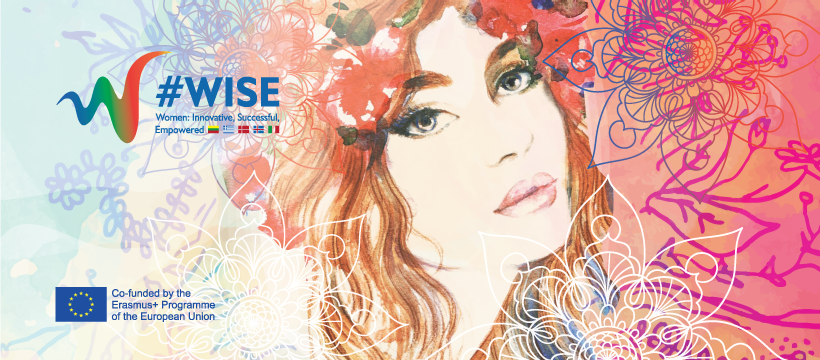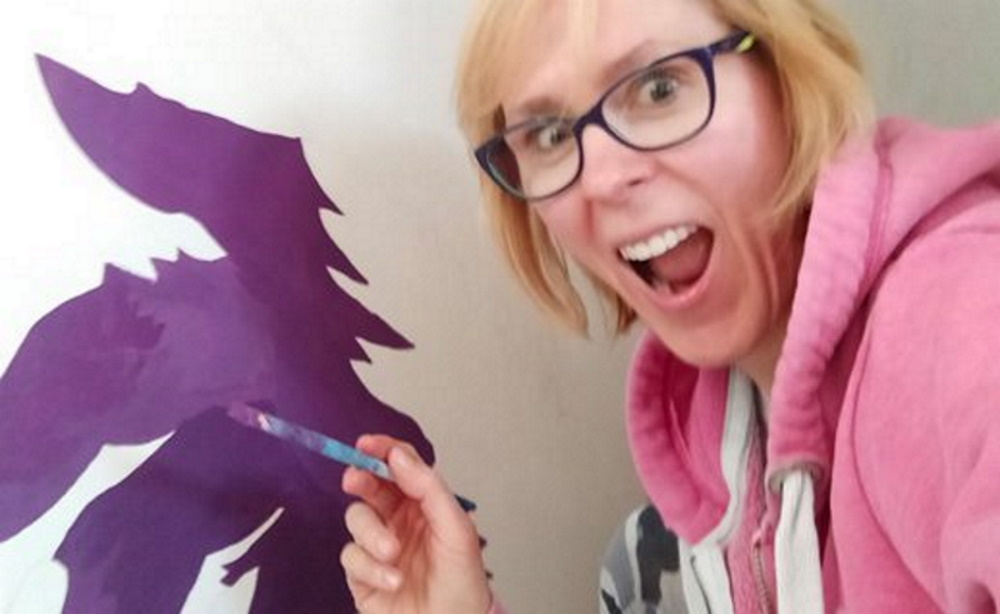Danish artist Mugaska: my first NFT – an exciting trip to the Metaverse
Danish artist Joanna Mugford, or less formal Aska, in her blog post, admitted she had a big moral dilemma about joining the mad NFT kerfuffle.
However, as recently my son was teasing me about my generation not understanding the metaverse…. I had to do something… but what? Well, the only reasonable option was to dive into deep waters and mint an NFT. NFT? Mint? What is she talking about?? Don’t worry, I was like this just a few months ago.
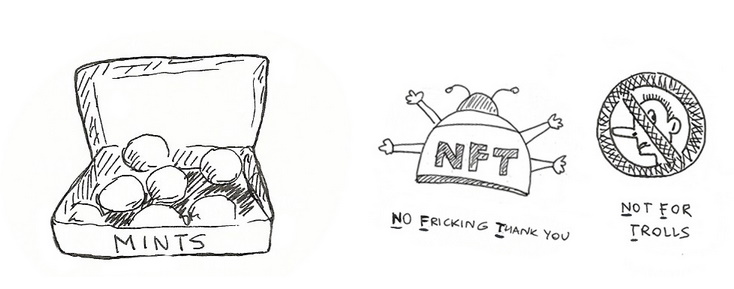
What is NFT?
The best way to describe an NFT (non fungible token), is to think of it as a collection card just like football or Pokemon cards. The main difference is that they have only virtual forms and are impossible to fake it. It’s the code behind the picture, which contains data about the author, date of creation etc, that makes it unique. If you try to fake it, by doing a print screen of it and making your own NFT, the picture will look the same, but the code will be different. In theory that is how artists can put a stamp on their work and protect themselves.
When I first heard about NFT, I couldn’t quite understand the whole point of it. Reading about NFT made me feel very confused in so many ways. Looking at what’s listed on NFT markets, I felt out of context. What the h…are people listing, but most importantly… what the h… are people buying and for 1000s of dollars!
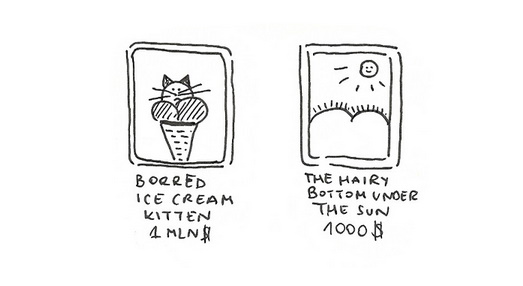
Environmental issue
On top of that, there is a big environmental issue. Big virtual markets, where you trade with cryptocurrency can be very C02-heavy. The number of transactions and complicated procedures at times involve a lot of computer energy and storage, which requires big data centers.
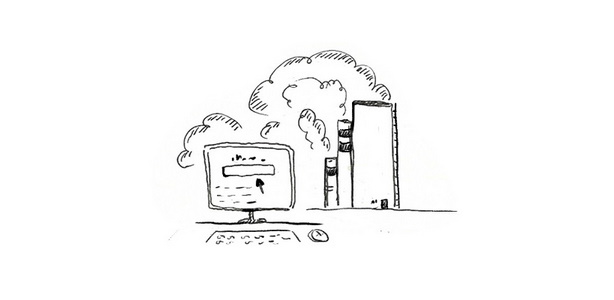
Greener alternative
Fortunately, If you don’t plan enormous collections of NFT, it’s possible to mint it without huge environmental impact. For instance, the average Solana (SOL) transaction takes as much energy as 3 google searches. That’s reasonable, right?
Solana (SOL) is one of the cryptocurrencies. The mysterious virtual money that can hyper increase in value or suddenly turn into dust. That’s why trading on metaverse markets is often compared to gambling rather than an investment. These markets are not regulated, which is stated at the bottom of adverts about cryptocurrency, just like the warning on the packets of cigarettes.
Nevertheless, there is some hard-to-explain boom on the trading of NFTs. Is it going to continue or collapse? Nobody knows. However, it’s for sure, that if you have one of those, people will want to hear all about it. In the end, it’s something from the future…
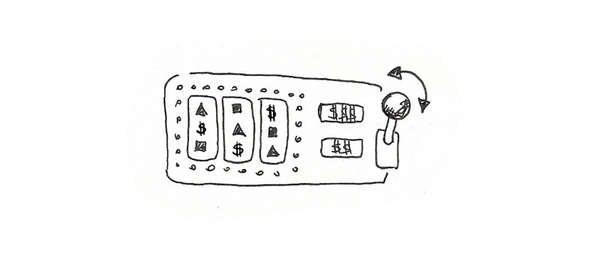
How did I mint my NFT?
One of the markets that use SOL currency is Solsea, where I minted my NFT. I chose to animate a hedgehog from my Rainbow Animals collection.
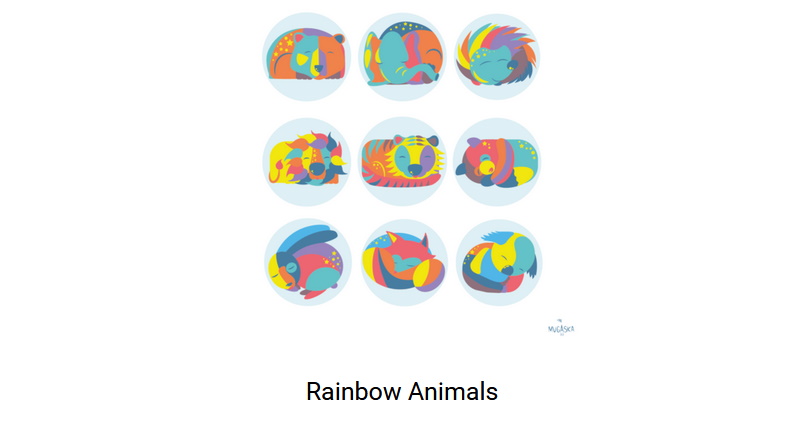
As soon as I created my animation, I couldn’t wait to place it in the metaverse… After all it took me a few days to research and figure out the best way. First I needed to register with Solsea and that was easy. The next step was getting a virtual wallet for the SOL. There is a selection of wallets and not all of them work for every cryptocurrency. It’s also important that the wallet is reasonably secure. Once you become a millionaire, you don’t want to lose your greens….so it’s best to have an offline wallet. As I figured it was too early to worry about that, I choose an online wallet called Phantom.
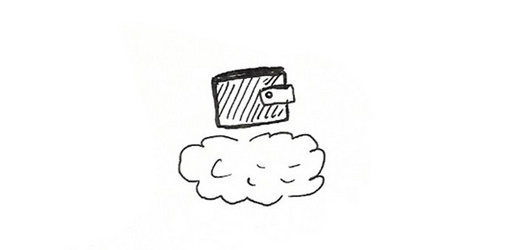
Having an account on the NFT market and an empty wallet, I needed to get some crypto money. For that I used coinbase. It’s a form of online currency exchange. Basically, you can use your debit card to buy dollars and then exchange them into SOL. I spent 5 dollars and got about 0,14 SOL. Still using coinbase, I transferred my crumbles of SOL into my virtual wallet. Boom! I was ready to mint.
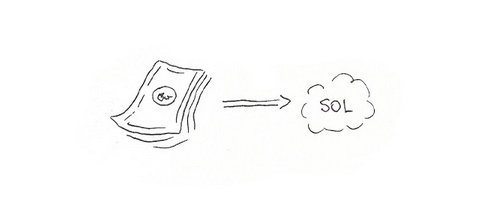
First time minting was a bit of a failure. My NFT turned out unverified and I couldn’t change that. You need to ask Solsea for verification. However they verify only NFTs, which are a part of a collection. So I deleted my NFT, got my money back and created a collection called Rainbow Animals. Only then, I minted my NFT again, but this time inside the collection. Then I applied for verification. I researched earlier than verification is smoother if you upload a proof of making the NFT. So I uploaded a short video of me working on my animation. Easy peasy, I got verified within few days.
What price?
Oh, I forgot about the eternal dilemma ‘ What P-R-I-C-E should I set? … It’s always difficult to decide the price of your artworks. However in case of NFTs, it’s a bit different. It is so, because apart from the base price, you also set a percentage of royalties on secondary sales. This way, you will profit from each future sale. And if maybe one day somebody will sell it for a million, you profit from it as well. It’s a bit like musicians earning each time, somebody plays their song.
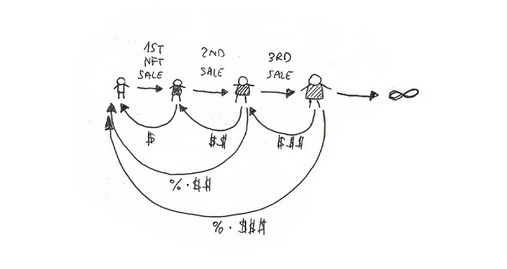
At last, here is a link to my NFT. If you check the history, you will see that it’s already sold. Now let’s wait for that millions ha ha
Check out Rainbow Animals stickers
Read more about NFT on The Verge
**
Joanna Mugford originally is from Poland but at the moment lives in Copenhagen with her lovely family and a dog. Joanna‘s art is telling stories about here and now, inspired by nature and the good side of life. As a minimalist, Joanna is driven towards sustainable use of art. She is a part of a female Art Collective in Art Escape Studio Copenhagen and participated in #WISE piloting workshops.
